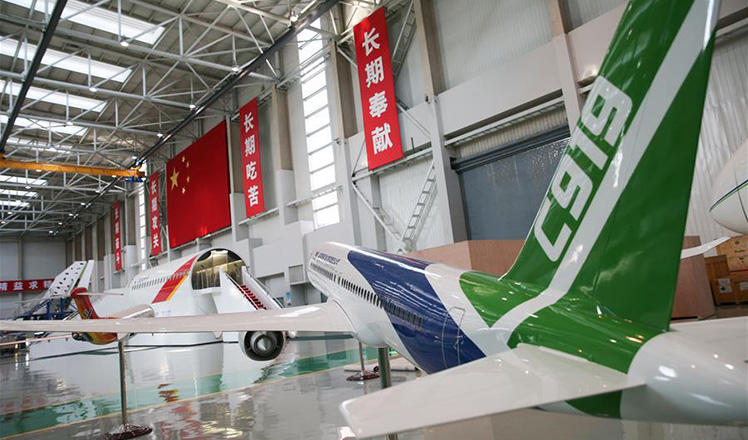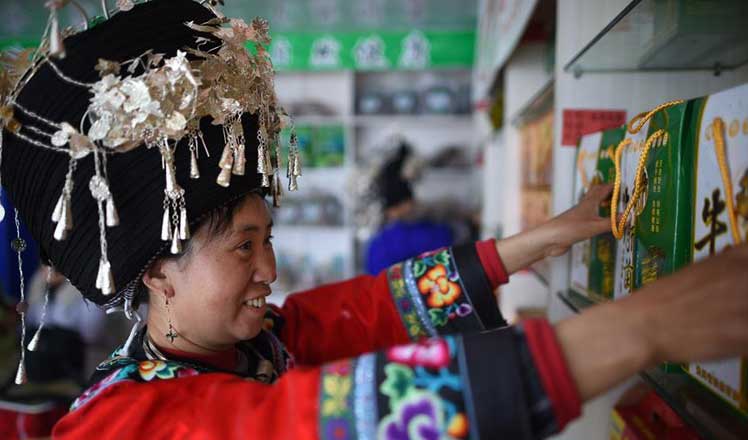Chinese restaurants: A tale of entrepreneurship by necessity
Updated: 2016-03-02 11:46
By Chris Davis(China Daily USA)
|
||||||||
One of the best of many great lines in the movie My Cousin Vinny comes when New Yorkers Vinny Gambini and his girlfriend Mona Lisa Vito first arrive in the small rural Alabama town where the story takes place. Looking around at a setting that makes Mayberry RFD look like a metropolis, Mona Lisa says: "I bet they don't got Chinese here."
Fact is, that in the US there are more Chinese restaurants than all of the Burger Kings, KFCs, McDonald's and Wendy's combined. More than 40,000, estimates MIT scholar Heather Lee, whose book in progress - Entrepreneurs in the Age of Chinese Exclusion - explores how an enclave ethnic business was transformed into one of the largest mass-consumer industries in the US.
There have been plenty of theories on how it happened. Chinese food got popular because it was inexpensive and helped make dining out an experience more accessible to more people. Chinese restaurants also had later hours, flamboyant decor and reputations for exotic or unpredictable goings-on. And especially in New York City, where Lee focuses her research, Chinese food was embraced by the Jewish community - a must meal for Christmas.
All of which helped. But in her research, Lee found something more. Poring through records, business incorporation files, city directories, court cases and immigration files, Lee found that between 1910 and 1920, the number of Chinese restaurants in New York nearly quadrupled, and doubled again over the following decade.

By 1920, Chinese restaurants in New York accounted for $78 million in annual sales, rising to $154 million by 1930.
"Chinese laundries had once been the largest employers of Chinese workers," Lee writes, "but by 1930, restaurants became more likely employers of Chinese workers - and retained that distinction thereafter."
All this at a time, Lee writes, "when anti-Chinese sentiment was pervasive" and "the American public despised Chinese and suspected them of eating the flesh of cats, dogs and rats."
There had to be something more to it than trendy fads.
The boom, it turns out, was actually an unintended by-product of the US' draconian immigration laws targeting Chinese immigrants. The notorious Chinese Exclusion Act of 1882, which was repealed in 1943, was still in effect, barring Chinese laborers, but it had loopholes.
Through the system of "visa preferences", owners of certain businesses could obtain "merchant status" that allowed them to enter the US and sponsor relatives. When a landmark 1915 court ruling granted the status to restaurant owners, the boom was born.
"Flows of newcomers from China were diverted into the restaurant industry," Lee writes.
It still wasn't easy for them. The Immigration Bureau would only award the status to owners of high-grade establishments, and being an owner meant managing the place without lifting a finger to wait tables, cook or work the cash register for at least a year. Owners also needed two white character witnesses to vouch for their claims.
So the Chinese adapted, pooling their resources into extended partnerships and opening luxury "chop suey palaces" with start-up capital ranging from $90,000 to $150,000 (in 2015 currency). Investors would take turns being the owner and serving their required time to maintain merchant status. They did business with white vendors who would double as character witnesses.
The average chop suey palace employed five waiters and four cooks, and most were supplied by extended families. As such, they were expected to work long hard hours for little money but with the opportunity to move up. Lee estimates that the average employee at a chop suey palace made a third less than the national average for food service employees.
Still, the entrepreneurs were able to overcome harsh immigration barriers to pay investors not only annual dividends of 8 percent to 10 percent, but also salaries that matched their investments. They sent much of the money back home. Lee found that families in China with relatives in the US enjoyed monthly incomes three times larger than families with no members in the US. In some cases, the income was used for community projects like schools and hospitals, even railroads.
"In many ways," Lee concludes, "the US Chinese restaurant industry built fortunes in two vast nations."
Something to keep in mind next time you crack a fortune cookie.
Contact the writer at chrisdavis@chinadailyusa.com.
(China Daily USA 03/02/2016 page2)
- Cuba intensifies fight to fend off Zika virus
- UN chief calls for 'prompt, impartial' probe into airstrike on Yemeni market
- Ex-Tepco execs indicted over Fukushima disaster
- British PM threatened with 'no confidence vote' over EU referendum
- 70,000 may become trapped in Greece
- Venezuela, Qatar, Saudi Arabia, Russia to meet to stabilize oil market

 China's first large passenger plane poised for maiden flight
China's first large passenger plane poised for maiden flight
 Clashes break out as France begins clearing Calais migrant camp
Clashes break out as France begins clearing Calais migrant camp
 Top 10 cities with most billionaires in 2016
Top 10 cities with most billionaires in 2016
 Milan Fashion Week: Dolce & Gabbana Autumn/Winter 2016 collection
Milan Fashion Week: Dolce & Gabbana Autumn/Winter 2016 collection
 Top moments from Oscars 2016
Top moments from Oscars 2016
 China Daily weekly photos: Feb 20-26
China Daily weekly photos: Feb 20-26
 People view plum blossoms at scenic area in E China
People view plum blossoms at scenic area in E China
 Rural e-commerce developed to promote local products in SW China
Rural e-commerce developed to promote local products in SW China
Most Viewed
Editor's Picks

|

|

|

|

|

|
Today's Top News
What ends Jeb Bush's White House hopes
Investigation for Nicolas's campaign
Will US-ASEAN meeting be good for region?
Accentuate the positive in Sino-US relations
Dangerous games on peninsula will have no winner
National Art Museum showing 400 puppets in new exhibition
Finest Chinese porcelains expected to fetch over $28 million
Monkey portraits by Chinese ink painting masters
US Weekly

|

|








